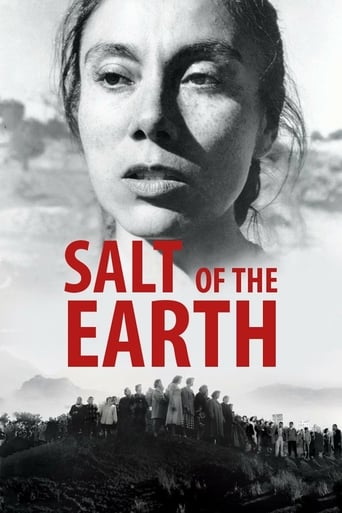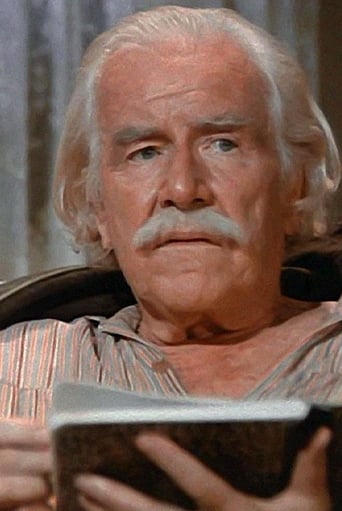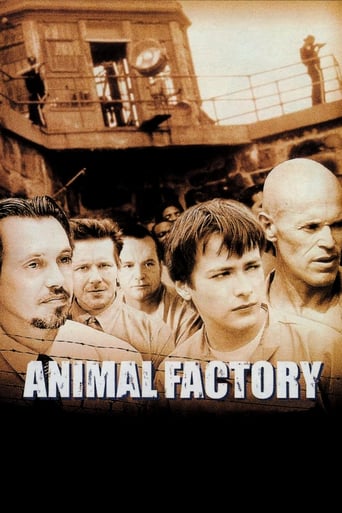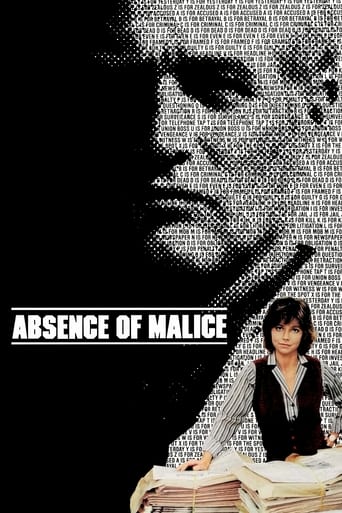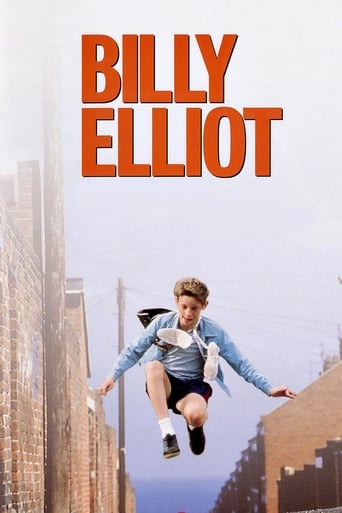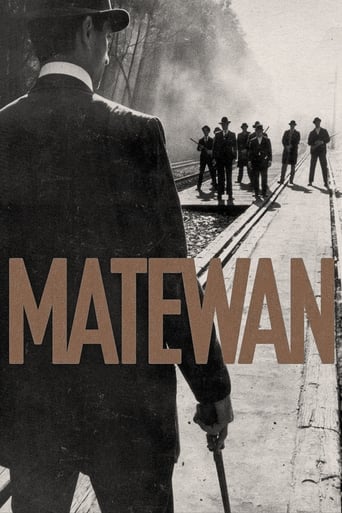Salt of the Earth (1954)
At New Mexico's Empire Zinc mine, Mexican-American workers protest the unsafe work conditions and unequal wages compared to their Anglo counterparts. Ramon Quintero helps organize the strike, but he is shown to be a hypocrite by treating his pregnant wife, Esperanza, with a similar unfairness. When an injunction stops the men from protesting, however, the gender roles are reversed, and women find themselves on the picket lines while the men stay at home.
Watch Trailer
Cast


Similar titles
Reviews
I gave this movie a high score not only because it is very anti-American, but it was made at a time where if you were anti-American you could be exiled, or even executed. 1953 was at the height of McCarthyism and the Hollywood Black List. Anything remotely smelling of communism was considered traitorous and a danger to the fulfillment of the American Dream.Suddenly appears Salt of the Earth, a movie where capitalism is attacked and the idea of liberty and truth is spat on. This movie challenges those who watch it to realise that America was not a land of equality and that even in the 1950's there were people living in poverty.The movie is based around a Zinc mine and a Latin-American community. The Mexican's men work in the mine while the women slave away in conditions which are way below the poverty level and the Anglo families who also work in the mine live a much higher lifestyle. There are problems at the mine as well for the Anglo's are treated with respect while the Mexicans are expendable, and as such they decide to strike. When the court orders the miners to cease striking, the women take up the job.When I look at this movie I see a movie that stands up and protests against the lies that enshrouded the Fifties. At this time women's rights were ignored and equality among the people was only something that the white people enjoyed. It wasn't until a few years later that the Negro equal rights movement began, but even then it was equal rights for Negros, and not Mexicans, Indians, or Asians. What this movie does is it attacks the American way of life and shows us that equality is a myth that will never be reached as long as equality remains only among the white people.When this movie was released in 1953 it caused a lot of anger among those who wanted to "protect the American way of life." It was shown in very few cinemas, and those that did were watched by the FBI and anybody who went inside were noted as potential seditioners. It is interesting to note that at that time there were more people searching for communists than there were communists. They say that the price of freedom is eternal vigilance, but I can't help thinking that their eternal vigilance is going in the wrong direction.
Having been blacklisted by the Hollywood establishment due to their alleged involvement in "communist plots", Michael Wilson, Herbert Biberman and Paul Jarrico set out to "commit a crime to fit the punishment". Their subsequent crime? "Salt of the Earth", a 1954 film which documents a strike by Mexican-American zinc miners in New Mexico against their Anglo-American management. The film was banned and kept out of American theatres until 1965, as it was deemed "seditious" and "subversive". In many ways "Salt of the Earth" anticipates the works of Ken Loach, particularly "Bread and Roses".Unusually gritty for an American independent production during this period, "Salt and Earth" delves headlong into the lives of the miners, documenting their struggles for labour rights, safety, sanitation and economic justice. Like Loach's films during the 60s and 70s, our rough-faced band of workers take their complaints to Union heads and bosses, but their protests are quelled at every turn. More interesting, though, is the way the film documents the fights for equality WITHIN the bands of protesters: the Mexican-American womenfolk must break down the shackles of Hispanic machismo, must break through a kind of low level ethno-specific patriarchy, achieving marital and communal equality within their own community and with their own spouses, even as they struggle against their white bosses. What you eventually end up with is one of the first calculated works of feminism on screen, and a fairly sophisticated leftist tract (certainly more nuanced than your typical liberal "message movie" churned out by Stanley Kramer), even if it is dated and naive in some minor respects.The film was funded by Unions and blacklisted artists, and uses many neorealist touches (which can be traced to the French Poetic Realists of the 30s and the Italian Neorealists of the 40s), with real miners and Mexicans dotting the cast, and the real President of the International Union of Mine, Mill and Smelter Workers playing an on-screen union president. The film is much less crowd pleasing and sentimental than John Ford's "The Grapes of Wrath" - a great film in its own right, despite Darryl Zanuck's footprints, and despite Ford's Irish conservatism being at odds with his film's message – and more strongly resembles fare like "Vidas Secas" ("Barren Lives") and "Los Olvidados" ("The Forgotten Ones"), other Western post-war leftist (ie socialist) tracts. Bizarrely, though Steinbeck's 1939 novel, "The Grapes of Wrath", was slandered for being "socialist" and "communist", Ford's film, released a year later, was wildly embraced. It was only in the post War, communist witch-hunt years that such political leanings began to be viewed as being symptomatic of deviancy.8.5/10 – Worth one viewing. See Loach's "Bread and Roses" and John Sayles' "Matewan".
This classic film is the only film to come out of the 1950s blacklist of Hollywood actors and filmmakers, a "crime to fit the punishment" after the professional filmmakers were barred from practicing their trade. Shot in Silver City, New Mexico, using mostly ordinary citizens, it tells the story of a Chicano community of mineworkers who go on strike against the unsafe conditions. When the men are threatened (and punished) for picketing, the women take over the lines and are themselves jailed. It's fiction, but based upon real events and an incredibly compelling film. The story of the production itself is harrowing, and both this and the original strike and the people behind it, are told in the special edition DVD sold on the organa.com website, based on tremendous research and the participation of the original filmmakers and actors/actresses. All other editions are only the film.
In the early 1950's, film studios were under attack from two directions. Small screen TV had put a big dent in theatre attendance, while the Mc Carthyite cold war had put a big chill in the cultural milieu. A formerly lucrative industry found itself suddenly reeling, with a future no longer very certain. In short, the commercial winds had changed and Hollywood needed an overhaul. To meet TV's challenge, studio moguls introduced big screen Cinerama, biblical spectaculars and full-cleavage romance goddesses; to please congressional investigators, they fired unrepentant left-wingers and blackballed them from future employment. Social commentary, never much of a staple, disappeared entirely, while the escapism of Westerns, Tennessee Williams, and bedroom innuendo took over. The 50's had arrived with a vengeance. Against this backdrop, Salt of the Earth appears to have parachuted in from another planet. In retrospect, the film's look, feel, and values, plus use of non-actors, represent an anti- Hollywood aesthetic in just about about its purest form. Instead of the usual ersatz, there are company shacks, a desolate land, and real workers sometimes speaking a foreign tongue about hot water and labor solidarity. This was and is about as far removed from the fabled dream factory as any commercial film before or since. To my knowledge, Salt is the only professional movie made in America by known communists. And though I've seen it a number of times, I've yet to detect a theme that any conscionable liberal would disagree with. The emphasis throughout is on reform, not revolution. So why was the movie so thoroughly ostracized. Aside from the obvious negatives, there are two aspects that challenge patriotic assumptions about the power of the individual. The strikers win because of their solidarity, that is, their capacity to overcome internal divisions in pursuit of common goals. But more importantly, theirs is a leaderless solidarity. Unlike so many other labor films, no one person arises in Salt to take charge or direct the actions of the others. No single iconic personality dominates. Community of labor is the real agent of change and victor here, while no one individual can be pointed to as indispensable. Second, through the pivotal role of Esperanza (a professional actress), the individual is shown as flowering amidst the common effort. Far from being submerged in a faceless mass, she discovers through participation a heightened sense of individualness and a wealth of hidden talents. Moreover, a stronger, more confident Esperanza means a stronger, more confident strike effort. In short, it's not individuality versus the group, but individuality from within the group. I don't know how subversive these ideas ultimately are, but I do know they challenge decades of iconic film-making, in which the omnipotent movie star, a John Wayne or a Sylvester Stallone, is transformed into a demi-god and exalted above the common folk. Against this grain, Salt seeks to empower its audience, not dis-empower. There are many fine touches in the film. I'm glad the workers are not romanticized, nor are the bosses or their law-enforcement allies caricatured. Instead the hardscrabble families are treated as ordinary people, able, nevertheless, to act intelligently beyond the cultural limits placed upon them. Ordinarily, the viewer would expect a heavy hand with such politically charged material; however, the producers have the good sense to hew to a lighter approach that features unexpected deposits of humor, as when the men whine about being forced to hang out the wash. This furnishes both a good laugh and an incisive piece of social commentary. In fact, most of the movie's considerable humor comes from its strong feminist subtext, certainly a striking exception to the Ozzie and Harriet stereotypes of the period. Despite an obvious appeal to cultural historians, Salt is much more than a mere artifact. There is, of course, no more Mc Carthy-led purge, and miners' wives have long since gotten hot water and indoor plumbing thanks to labor militancy. Nevertheless, the film's social themes continue to reach beyond that long-ago period. Women continue to strive for equality, just as the workers' wives in Salt struggled as domestics against the chauvinism of their husbands. Moreover, the need for racial equality remains as pressing now as it was in Michael Wilson's prescient screenplay. And, of course, there's labor's ongoing battle to get something like a fair share of the wealth it produces. Far from being a dead artifact, the power of this suppressed treasure along with the courage of the men and women who made it, continues to echo across the decades, furnishing inspiration to generations to come.

